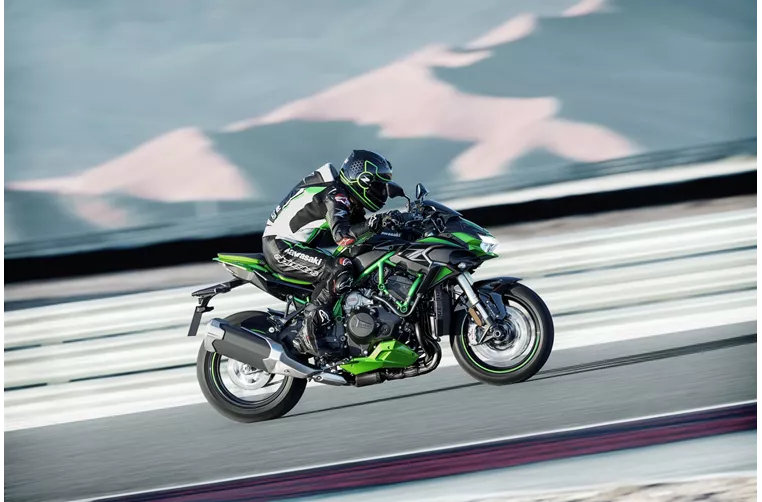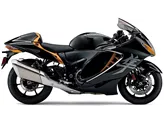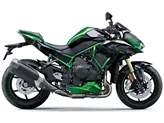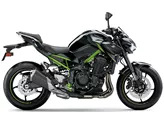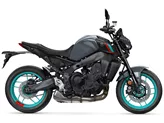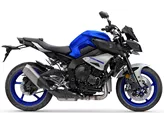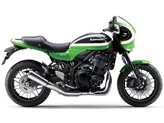Kawasaki Z900 2021 vs. Kawasaki Z H2 SE 2021
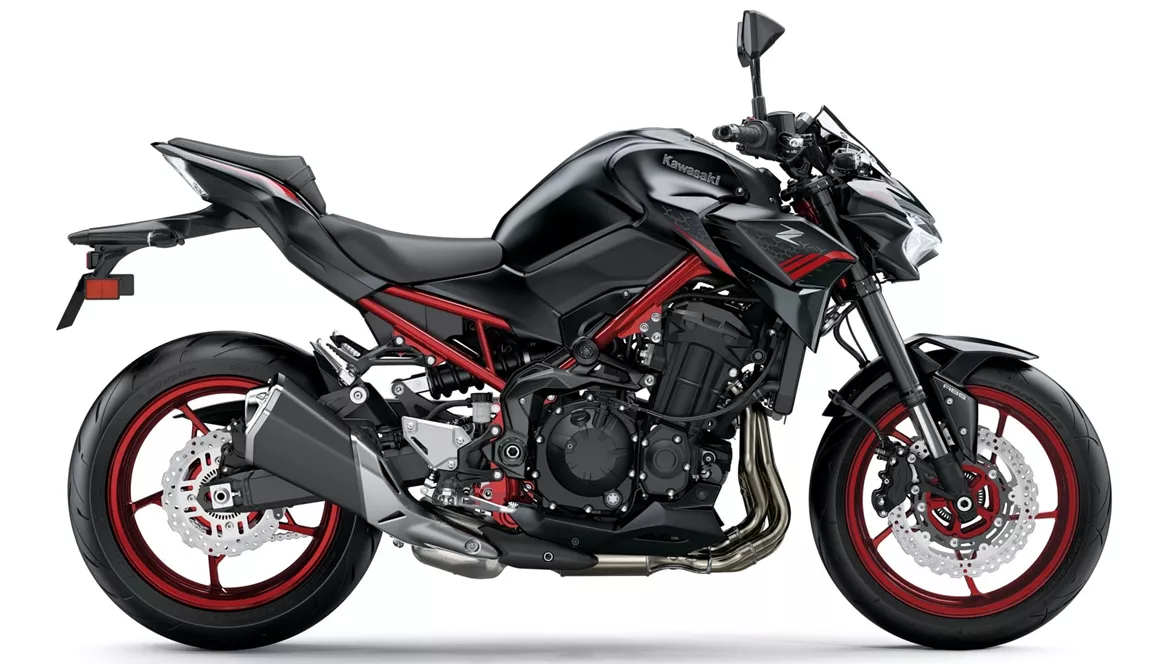
Kawasaki Z900 2021
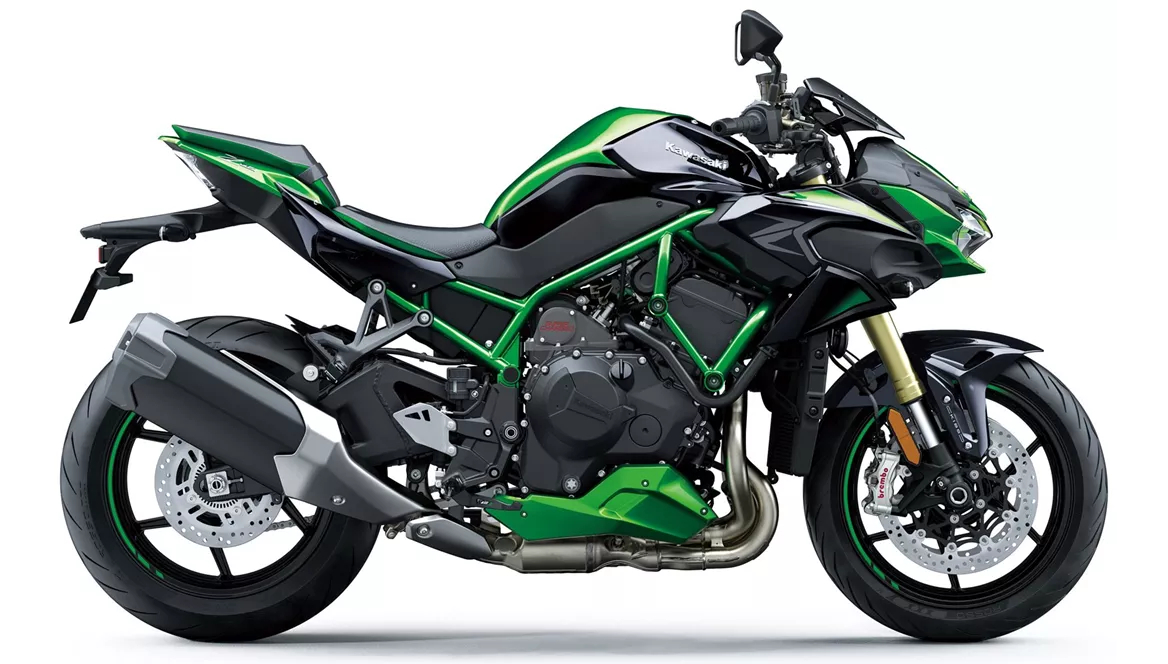
Kawasaki Z H2 SE 2021
Overview - Kawasaki Z900 2021 vs Kawasaki Z H2 SE 2021
The Kawasaki Z900 2021 and the Kawasaki Z H2 SE 2021 are both naked bikes from Kawasaki, but they have some notable differences in terms of specifications and features.
Starting with the engine and drive train, the Kawasaki Z900 2021 is equipped with a 948cc in-line four-cylinder engine that produces 125.4 horsepower and 98.6 Nm of torque. On the other hand, the Kawasaki Z H2 SE 2021 boasts a more powerful 998cc in-line four-cylinder engine that delivers a whopping 200 horsepower and 137 Nm of torque. This makes the Z H2 SE significantly more powerful than the Z900.
In terms of suspension, both bikes feature upside-down telescopic forks at the front and a swing arm with a monoshock at the rear. However, the Z H2 SE offers more adjustability with compression, preload, and rebound adjustments for both the front and rear suspension, while the Z900 only has preload and rebound adjustments.
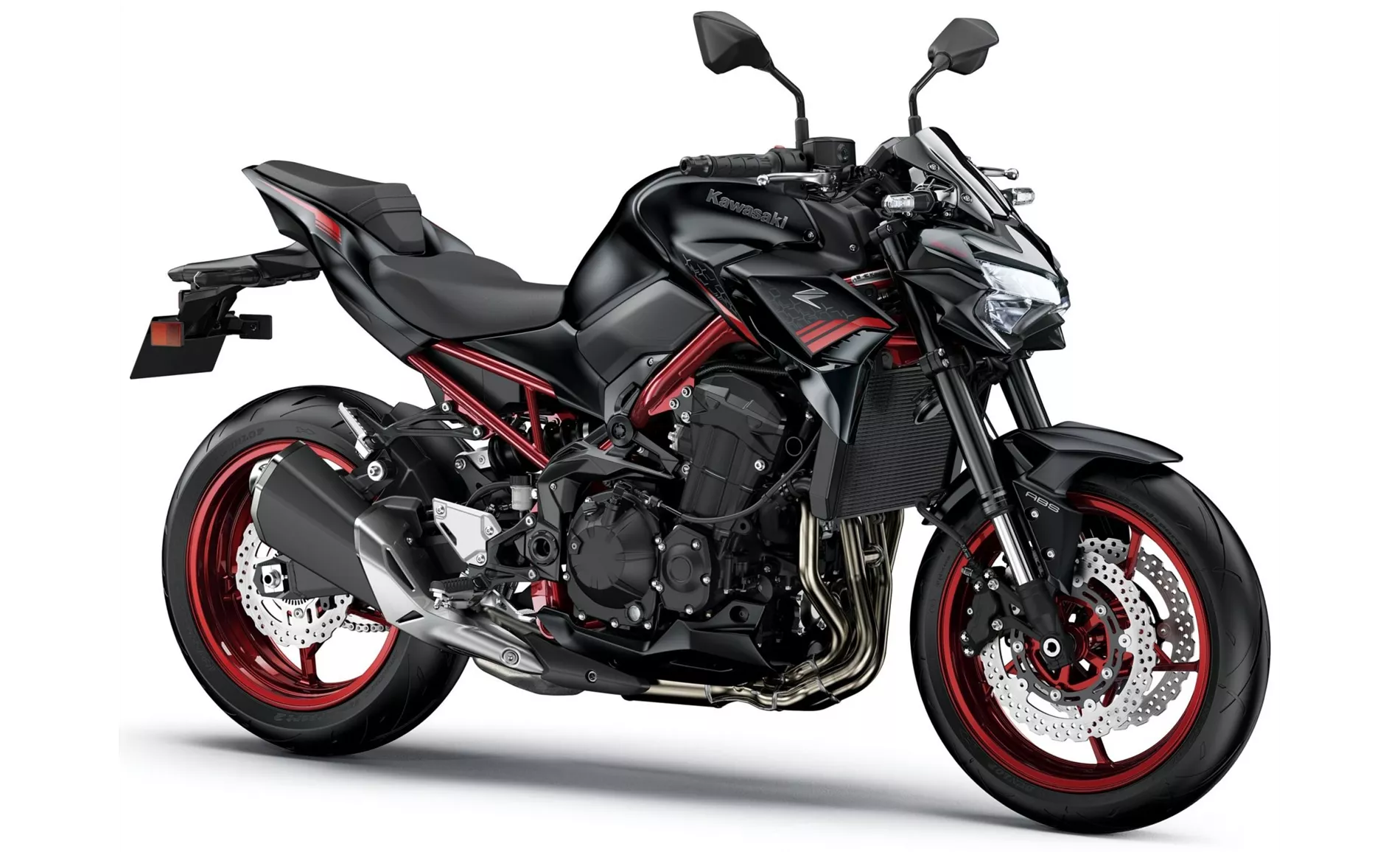
Kawasaki Z900 2021
Both bikes have a steel frame, but the Z900 has a double cradle frame while the Z H2 SE has a tubular frame. The Z H2 SE also has a larger front brake diameter of 320mm compared to the Z900's 300mm. The Z H2 SE's front brakes also feature radial, monoblock technology, which provides enhanced braking performance.
When it comes to advanced rider assistance systems, both bikes are equipped with ABS, riding modes, ride by wire, and traction control. However, the Z H2 SE offers additional features such as suspension electronically adjustable, cornering ABS, launch control, quickshifter, and anti-wheelie control. These additional features enhance the Z H2 SE's performance and handling capabilities.
In terms of dimensions and weights, both bikes have a front tire width of 120mm and a front tire diameter of 17 inches. However, the Z H2 SE has a wider rear tire width of 190mm compared to the Z900's 180mm. The Z H2 SE also has a slightly longer wheelbase of 1455mm compared to the Z900's 1450mm. The seat height of the Z H2 SE is also higher at 830mm, while the Z900 has a seat height of 795mm. Additionally, the Z H2 SE is heavier with a kerb weight of 240kg compared to the Z900's 210kg.
Both bikes come with LED daytime running lights, LED headlights, and a TFT display for the instrument cluster. These features enhance visibility and provide a modern and stylish look.
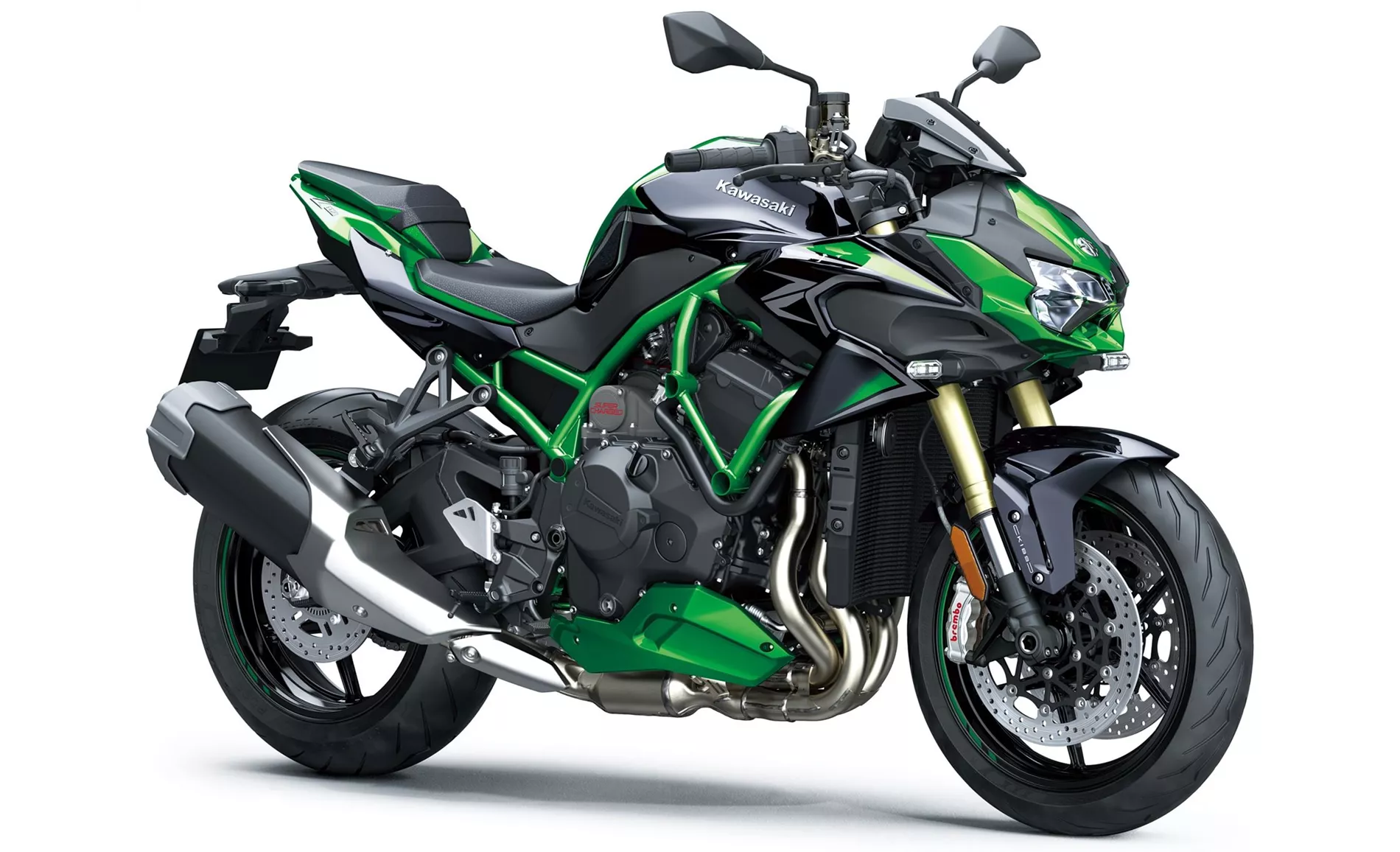
Kawasaki Z H2 SE 2021
In terms of strengths, the Z900 2021 offers a powerful four-cylinder engine, intuitive handling, good equipment, aggressive looks, and value for money. On the other hand, the Z H2 SE 2021 boasts an incredibly powerful engine, electronic chassis that offers comfort, an independent look with good wind protection for a naked bike, and a good braking system.
However, the Z900 2021 does have some weaknesses, such as the lack of a quickshifter option and the presence of competitors with 6-axis IMU that are more advanced electronically. The Z H2 SE 2021, on the other hand, has a high weight and handlebars that may be considered a little too narrow for some riders.
In conclusion, both the Kawasaki Z900 2021 and the Kawasaki Z H2 SE 2021 are impressive naked bikes with their own strengths and weaknesses. The Z900 offers a balance of performance and affordability, while the Z H2 SE pushes the boundaries with its incredibly powerful engine and advanced electronic features. Ultimately, the choice between the two will depend on the rider's preferences and priorities.
Technical Specifications Kawasaki Z900 2021 compared to Kawasaki Z H2 SE 2021
Pros and Cons in comparison
Pros and Cons in comparison
Kawasaki Z900 2021
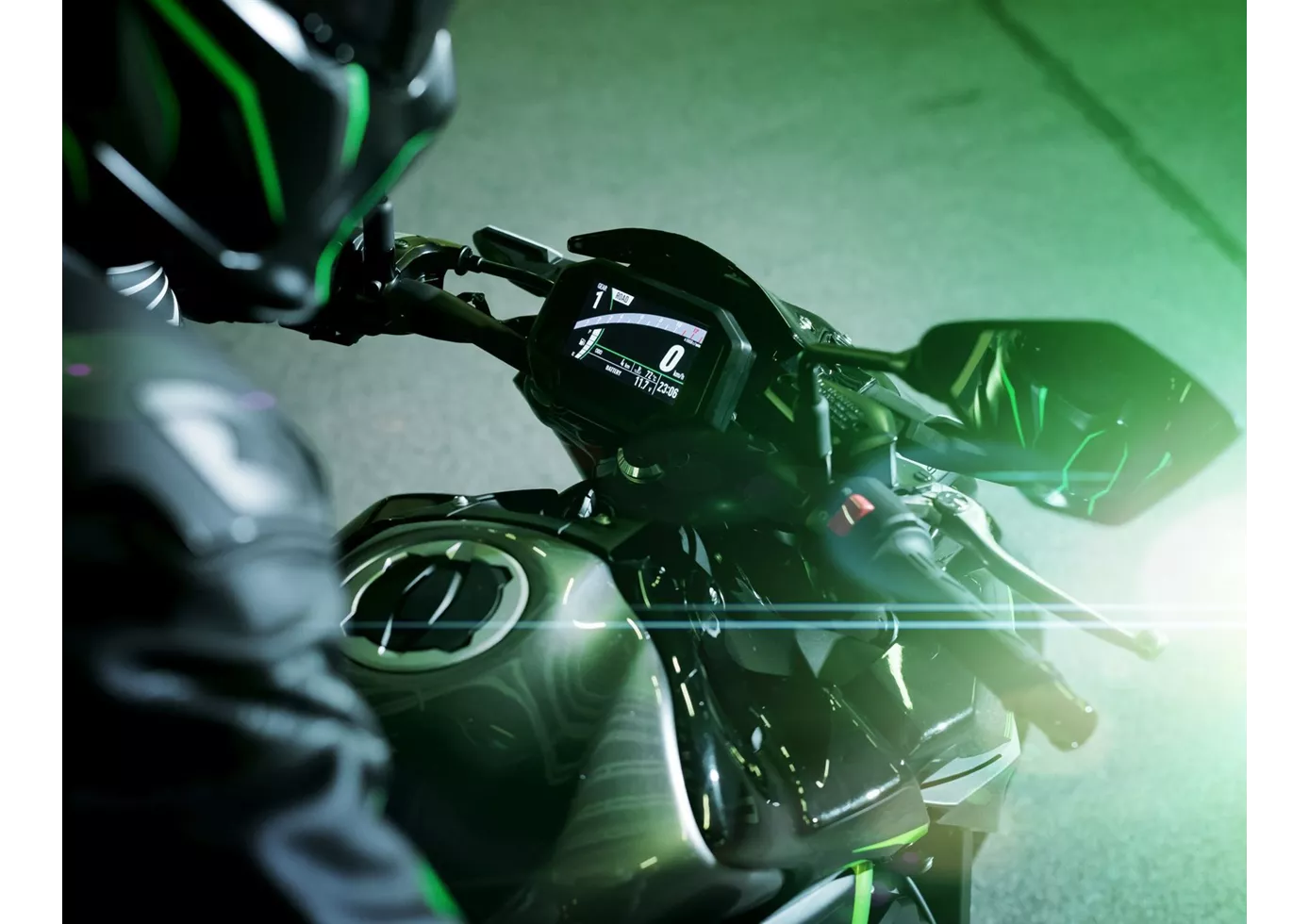
In terms of price-performance, the Kawasaki Z900 is hard to beat at the moment. With the perfectly tuned engine, the high-quality chassis components and the electronics added for 2020, this naked bike offers everything that sporty riders will be looking for. There is really nothing to complain about, except for the lack of a quickshifter option.
Kawasaki Z H2 SE 2021

What a naked bike! The Kawasaki Z H2 SE has one thing that is absolutely addictive: a supercharged power unit that works like a steam catapult! The 200 hp from exactly one litre of displacement actually seem to unite from idle and tug together on the chain right up to the limiter. Nor can the Z H2 SE be accused of lacking stability; the electronically adjustable chassis does a good job and above all provides sufficient comfort. At almost 240 kilos ready to ride, the Kawa is of course no lightweight and needs to be pushed into the bends, but you can't call it unwieldy either. A slightly wider handlebar would help. The appearance is clearly a matter of taste, but the protruding front offers comparatively good wind protection.
Price Comparison Avarage Market Price Kawasaki Z900 vs Kawasaki Z H2 SE
There are a few key differences between a Kawasaki Z900 2021 and a Kawasaki Z H2 SE 2021. In terms of price, the actual average price of a Kawasaki Z H2 SE 2021 is about 95% higher. Compared to Kawasaki Z H2 SE 2021 there are more Kawasaki Z900 2021 bikes available on the 1000PS.de Marketplace, specifically 33 compared to 5. It takes less time to sell a Kawasaki Z H2 SE with 70 days compared to 107 days for the Kawasaki Z900. Since model year 2017 1000PS.de editors have written 46 reviews for the Kawasaki Z900 and 9 reviews for the Kawasaki Z H2 SE since model year 2021. The first review for the Kawasaki Z900 was published on 11/11/2016 and now has more than 93,200 views. This compares to more than 24,400 views for the first review on Kawasaki Z H2 SE published on 23/11/2020.

